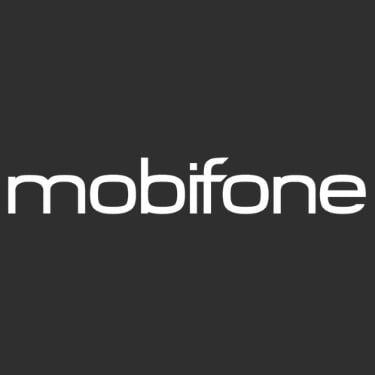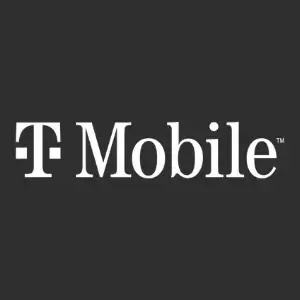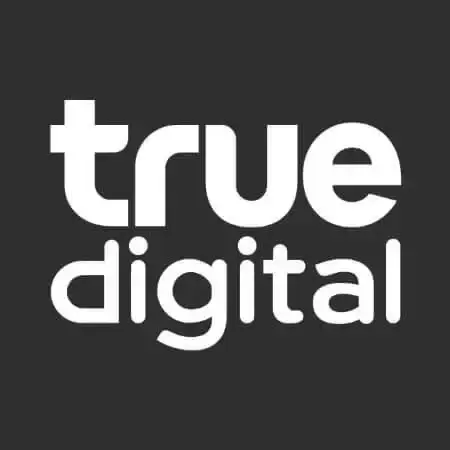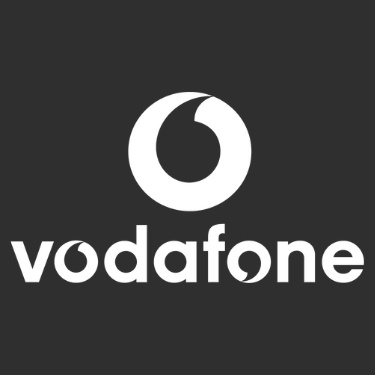What is passive geolocation?
To begin with, passive data collection means that mobile networks natively carry log files of users’ activity and mobility events. This technology is device-agnostic and addresses the full subscriber base. It’s transparent from a user and network perspective and provides location reports at a high frequency. Active data collection, on the opposite, trigger specific activities on the network to retrieve a subscriber in real-time.
Passive data provides a better representation of preferences and future behaviors of individuals (employees, clients) than their own conscious opinions expressed in surveys, interviews, etc. As it turns out, people are not so good at assessing and predicting their own behavior. Passive data collection arguably reduces the burden by removing the need for them to answer questions about their digital behavior. It makes it possible to objectively measure user experience, the duration, and frequency of specific activities, preferences, and habits.
Why does passive geolocation matter?
Today, data is everywhere, and it is everything in business. Passive data collection can be a useful strategy for gaining actionable data that supports the decision-making process of a company. You could choose to collect data such as movement, location, or specific behavior that user’s exhibit on their smartphones.
Passive data is needed when you need to ask for the same information multiple times, because:
- values or data points are dynamic (constantly changing)
- data from several sources is needed (several people, numerous processes)
- current data is needed
- you want to quickly check differences in behavior following the introduction of improvements or changes.
When you are working with big data, you need ways to manage it and ensure you are getting the best insights from it. Passive data collection has heralded the era of big data – the volume of data that you can gather in a short space of time can be staggering
Passive geolocation unleashes infinite possibilities
Most of our clients cite passive data collection as a growing source of consumer insights. Data must be incredibly accurate and available in real-time, and accuracy is provided by validating the data from several sources. Real-time isn’t going to happen via surveys or third parties, it must happen concurrently with consumer behavior hence the need for an experienced passive data collection expert.
Whether you are looking to collect data from users on the move or you would like to find out more about their specific mobile behavior and preferences, we can help you work with this technology. Passive data collection could be one of the best things you do for your business and will help you to innovate, scale, and offer an enhanced customer experience.
Finally, we can help you plan out marketing campaigns and deliver your services in a much more user-friendly way. We’ll learn about your business, your challenges, and your goals and make suggestions for solutions that will allow you to achieve more and make use of the data that is available to you.
Here are some examples of use cases enabled by passive geolocation:
- Location-based advertising
- Contextual marketing
- Roaming monetization
- Geoanalytics at scale
- Mass alerting/public warning
- Situational awareness
- Advanced police investigations
- IoT predictive maintenance
- etc.
Passive geolocation: essential must-reads
Here is a list of practical resources to guide you through the technicalities of network location to keep pace with passive location technologies:
- An infographic that illustrates the power of hybrid geolocation by orchestrating on-demand (active) and mass (passive) location techniques
- A technical sheet on active and passive location technologies
- An article on Mass-scale location-based services: 5 tips for choosing the right partner
- A buying guide for a network location platform with essential insights covering legal considerations, business drivers, and the latest technological trends relevant to your purchasing decision
 Passive data collection is underrated. There’s so much you can do!" />
Passive data collection is underrated. There’s so much you can do!" />

.jpg)
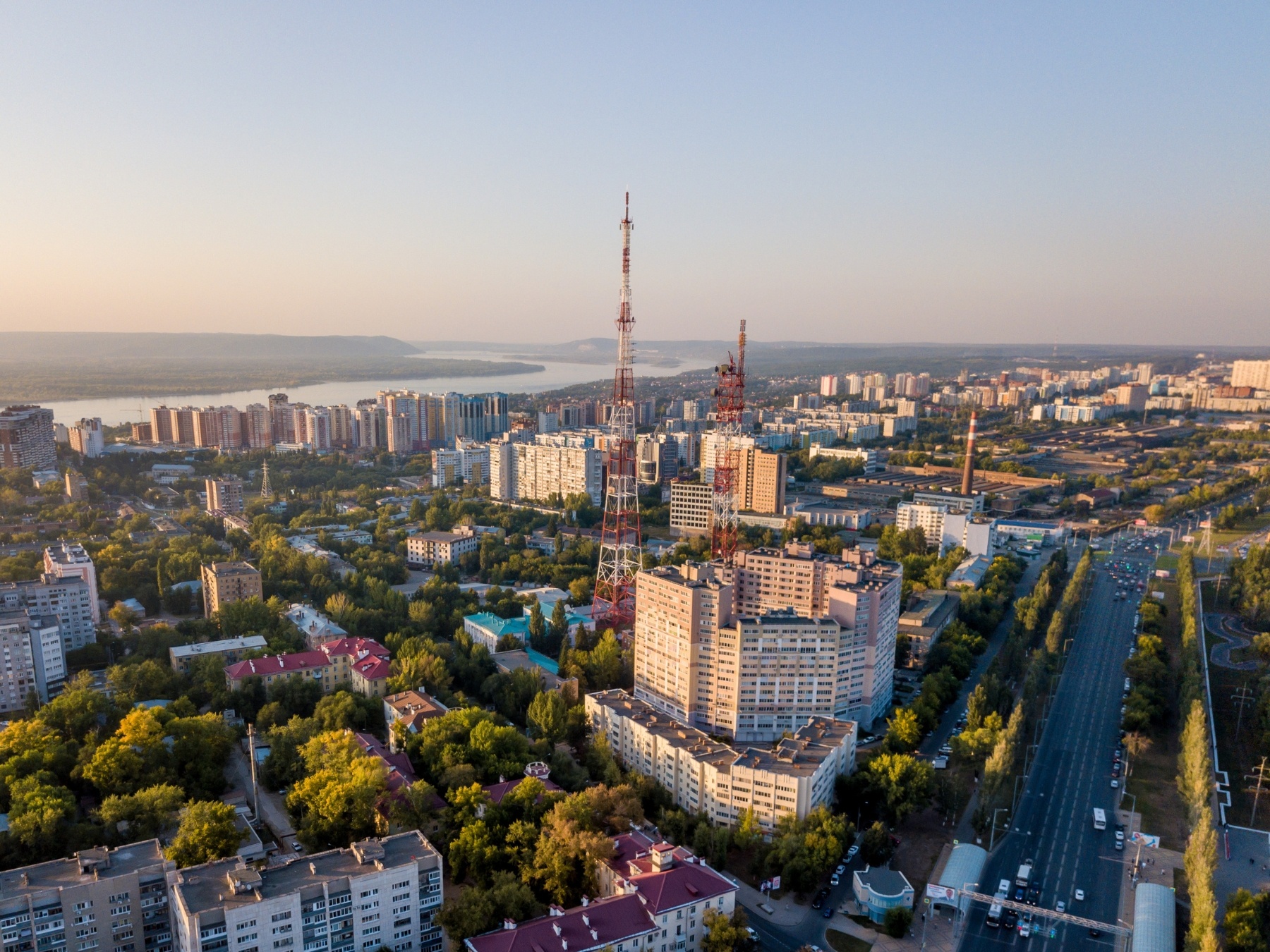





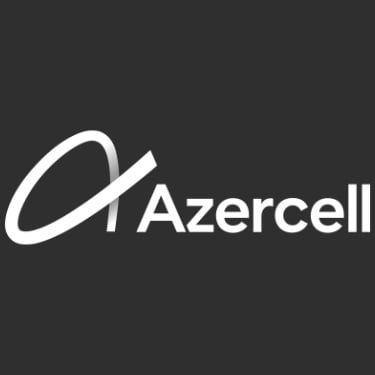


.webp)


.webp)



